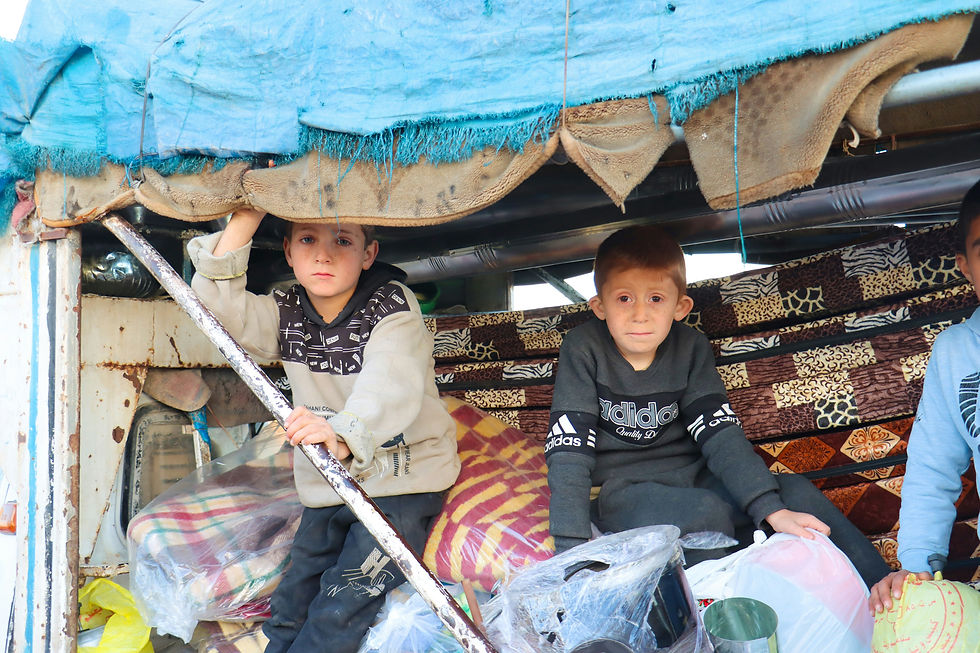Projected Displacement of 700 Million People by 2030 Due to Water Scarcity
- Ran Zhou
- Apr 24
- 2 min read
UNICEF predicts that by 2030, 700 million people could be displaced due to intense water scarcity (UNICEF). This figure is staggering—and it reveals the true scale of the global water crisis. Water is not only essential for survival but also a foundation for economic activity, agriculture, education, and community stability. When this essential resource becomes inaccessible, people are forced to make unimaginable choices: stay and face hardship, or leave in search of survival.
Understanding the Drivers of Displacement

Water scarcity-induced displacement is a growing and complex issue. Climate change is reducing rainfall, increasing temperatures, and intensifying droughts, especially in vulnerable regions such as sub-Saharan Africa, South Asia, and the Middle East. In countries like Syria, Yemen, and parts of India, diminishing water access has already played a role in internal conflict and rural-to-urban migration. Agricultural collapse is another key driver. As fields dry up and crops fail, farmers lose their livelihoods. Food insecurity sets in, and families are often left with no choice but to migrate to urban centers or across borders. These migrations strain cities already struggling with limited infrastructure and can increase the risk of social unrest and political instability.

Droughts and Desertification: Reduced rainfall and overuse of water resources render regions uninhabitable.
Conflict Over Resources: Competition for limited water sources can lead to tensions and conflict, prompting migration.
Economic Collapse: Loss of livelihoods, particularly in agriculture, forces communities to seek better opportunities elsewhere.
AERstream's Role in Mitigating Displacement
By providing access to clean water, AERstream can help stabilize communities and reduce the need for displacement:

Empowering Communities: Reliable water access supports agriculture, health, and economic activities, enhancing community resilience.
Reducing Conflict: Ensuring equitable water distribution can alleviate tensions over scarce resources.
Supporting Humanitarian Efforts: In displacement scenarios, AERstream units can be rapidly deployed to provide immediate water access in refugee camps and temporary settlements.
Conclusion
Water should never be the reason people are forced to flee their homes. With AERstream, we have the opportunity to bring sustainable, clean water directly to those who need it most—offering not just hydration, but hope, stability, and the foundation for a better future.
Join us in bringing water to the world—wherever it’s needed.




Comments